Weeds are a nuisance for anyone who takes pride in maintaining a lush, green lawn. They not only look unsightly but also compete with grass for valuable nutrients and water. If you’re tired of constantly pulling out weeds by hand, then it’s time to consider using some broadleaf herbicides.
But what exactly are broadleaf weeds, and what is the best herbicide to get rid of them? Let’s dive in and find out.
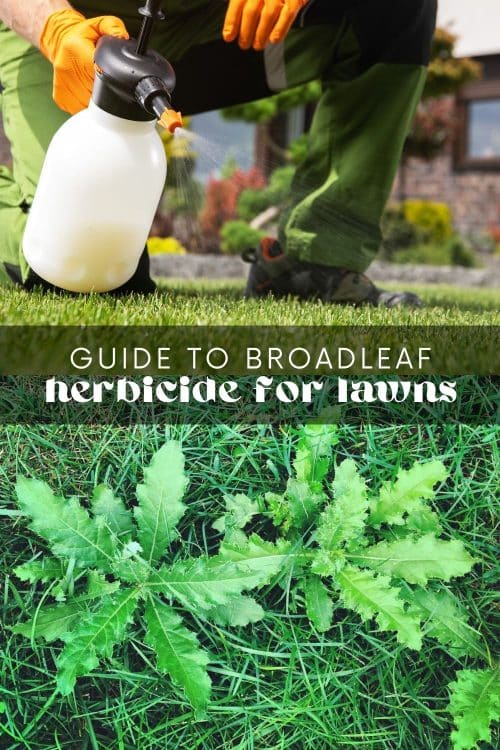
What are Broadleaf Weeds?
There are two main types of lawn weed: grassy and broadleaf.
Grassy weeds look very similar to grass, thanks to their long, narrow leaves. They can be difficult to spot and are often mistaken for healthy lawn grass – until they grow taller than the rest of your lawn!
Broadleaf weeds, on the other hand, have uniquely shaped leaves that are wider and more noticeable. The leaves often have veins branching out from a central point, and the plants can produce colorful flowers.
Because they look so different from grass, broadleaf weeds are easily identified.
There are many varieties of broadleaf weeds. It can sometimes be difficult to eliminate them all, as different broadleaf weeds have varying growing seasons. This means that even if you have successfully treated one type of broadleaf weed, another might still pop up later in the season.
Lifecycles of Broadleaf Weeds
Broadleaf weeds can be annual, biennial, or perennial. Understanding the lifecycle of a weed is important when choosing how and when to treat it.
Annual Weeds
Annual broadleaf weeds complete their entire life cycle in just one year. They grow from seed, mature, produce seeds, and then die off at the end of the season.
Annual weeds can also be split into summer and winter annuals, depending on when they sprout. Summer annuals typically germinate in the spring and die off before winter, while winter annuals germinate in the early fall and die off by summer.
Biennial Weeds
Biennial broadleaf weeds take two years to complete their lifecycle. In the first year, they usually grow a small rosette of leaves close to the ground. In the second year, they produce flowers and seeds before dying off.
Perennial Weeds
Perennial broadleaf weeds can live for many years, and their growth habit varies depending on the species. Some perennial plants grow from seed each year, some spread through underground stems or rhizomes, while others reproduce through both methods.
Perennial broadleaf weeds can be especially challenging to get rid of. They often have complex root systems that make them more resilient and difficult to kill.
Some can even regrow from small pieces of root left in the soil!
Common Types of Broadleaf Weeds
Dandelion
Most of us will recognize the bright yellow flowers and puffball seed heads of dandelions. These broadleaf weeds are perennial and difficult to manage, thanks to their deep taproots and fly-away seeds.
Dandelions have a cluster of leaves close to the ground that can grow up to 12 inches long. Depending on the season, they will also produce a tall stalk with a single yellow flower on top. These flowers eventually turn into the familiar white puffball we all know. You can remove dandelions by hand, but make sure to get the entire root to prevent regrowth.
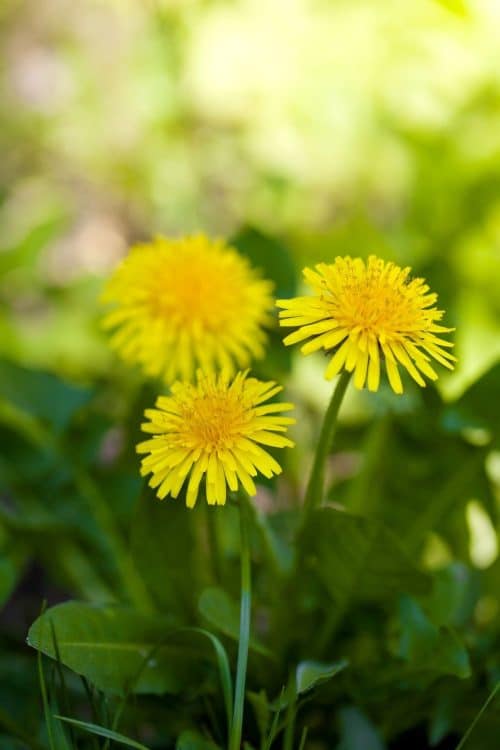
Common Chickweed
Common chickweed is an annual broadleaf weed that can grow in almost any soil type and tolerates various conditions. This makes it a common problem in lawns, gardens, and agricultural fields.
Chickweed has small white flowers and thin, branching stems with opposite leaves. The leaves are oval-shaped with pointed tips and have a smooth texture. It spreads quickly and can be challenging to control once established. Regular mowing can help prevent its growth, but herbicides may also be necessary for effective control.
Creeping Charlie
Creeping Charlie, also known as ground ivy, is a perennial broadleaf weed that grows low to the ground and spreads by creeping stems or runners. It has round leaves with scalloped edges and small, funnel-shaped purple flowers.
This weed can quickly take over lawns and gardens if left unchecked. Pulling it out by hand is difficult because of its creeping nature, so herbicides may be necessary for control.
Creeping Charlie prefers shady and moist areas, so improving drainage can help prevent its growth.
White Clover
Although it may be lucky for some, clover can be a nuisance for lawn owners! This perennial weed has three (sometimes 4) leaves and produces white or pinkish globular flowers. It can spread quickly and form dense patches in lawns.
While white clover is technically a weed, some gardeners believe the benefits outweigh any negatives. White clover can help fix nitrogen in the soil, which benefits other plants nearby. It is also an excellent food source for pollinators such as bees and butterflies.
However, if it becomes problematic, regular mowing and herbicides can help control your white clover infestation!
Broadleaf Plantain
Broadleaf plantain is easily recognizable by its broad, oval-shaped leaves with prominent veins. It also produces long spikes with small greenish flowers. Like many other lawn weeds, broadleaf plantain thrives in compacted soil and can quickly take over bare areas in your lawn. Regular aerating and promoting healthy grass growth can help prevent its growth.
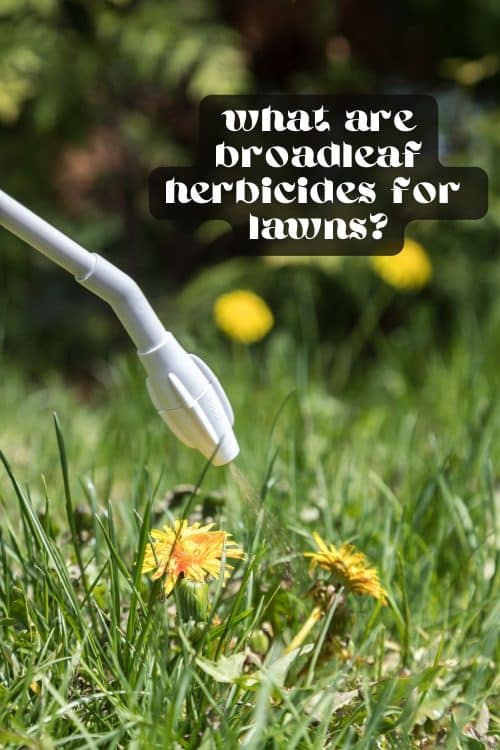
What Are Broadleaf Herbicides?
The best way to control broadleaf weeds like dandelions, creeping Charlie, and white clover is through herbicides. Broadleaf herbicides are a type of weed killer specifically designed to target and eliminate broadleaf plants – without harming your lawn.
The broadleaf weeds absorb the herbicides through their leaves, which contain an active ingredient that disrupts certain plant processes. This kills the weeds while leaving your grass unharmed.
Broadleaf herbicides can come in liquid or granular form and are typically applied through spraying or spreading.
Most broadleaf herbicides are known as selective herbicides, which target a specific type of weed or plant. However, there are also non-selective herbicides available, as well as preemergence herbicides that prevent the growth of weed seeds and postemergence herbicides that target weeds already growing.
Each type of broadleaf herbicide has its own benefits and uses. It’s important to carefully read and follow the herbicide label directions to ensure safe and effective use!
The Best Broadleaf Herbicides for Lawns
So, you’ve got a good idea of which type of broadleaf weed you’re dealing with. But which broadleaf herbicide is the best choice for your lawn? Here are some top recommendations to consider.
Ortho WeedClear Lawn Weed Killer
Price: ~$24.49
For a no-fuss, ready-to-use option, Ortho’s WeedClear Lawn Weed Killer is a top choice. It can kill over 200 types of weed, including the common culprits such as dandelions and chickweed, but doesn’t damage your grass.
What I really like about the Ortho WeedClear is the battery-operated applicator it comes with. It’s like an easy-to-use wand that eliminates the need for bending over and pumping – perfect for those with back problems or larger lawns to cover. This broadleaf fertilizer is also rainproof in just one hour, so you don’t have to worry about the weather ruining your hard work.
Key Information:
- Safe for many grass types
- Kills over 200 types of weeds
- Ready-mixed solution
- Apply on newer weeds for best results
- Selective herbicide
Fertilome (10527) Weed Free Zone RTS
Price: ~$9.95
The Fertiolome Weed Free Zone RTS is also a great option, especially if you live somewhere cooler. This herbicide has a proven cool weather performance, meaning it works even when the temperature drops and other weed killers become ineffective.
The formula is a potent blend containing four active ingredients that work together to kill broadleaf weeds. It also comes with a convenient ready-to-spray nozzle for easy application. The best time to use the Fertilome Weed Free Zone is late spring, summer, and fall, but this can vary depending on the weeds being treated.
Key Information:
- Suitable for cool weather
- Kills over 80 types of weeds
- Ready-to-spray nozzle
- Works quickly and effectively on new and mature weeds
- Made in America, it is a selective herbicide

BioAdvanced Season Long Weed Killer Plus Preventer for Norther Lawns
Price: ~$22.25
What’s better than killing weeds? Preventing them in the first place! The BioAdvanced Season Long Weed Killer Plus Preventer is a great option for stopping weeds before they grow.
This herbicide creates a protective barrier in the soil (for up to 6 months) that prevents weed seeds from germinating. That means less work for you in the long run! It’s also safe to use on most northern grass types and can be applied any time of year, although the spring and early summer are best.
Key Information:
- Prevents weeds for up to 6 months
- Safe for most northern grass types
- Granules for easy application
- Kills weeds as well as prevent them
- Selective herbicide
How to Use Broadleaf Herbicides Safely
While herbicides are an effective way to eliminate weeds and keep your lawn looking healthy, it’s important to use them safely. Here are some tips for using herbicides responsibly:
- Read the label carefully and follow all additional information for application.
- Wear protective gear such as gloves, long-sleeved shirts, and closed-toe shoes while handling and applying herbicides.
- Keep children and pets away from the treated area until it has dried completely – always check if your chosen herbicide is safe for use around pets.
- Do not apply herbicides on windy days to avoid drift onto unintended areas.
- Dispose of any leftover herbicide properly, following local regulations.
So long as you follow these safety precautions, using herbicides can be a safe and effective way to maintain a weed-free lawn.
Yes, there are alternative methods for broadleaf weed control! You can pull them out by hand and use a weed trimmer or lawnmower to cut them down regularly. Just keep in mind weed pulling can leave the roots in the ground and create bare spots on your lawn.
Herbicides are often the best option for larger areas or persistent weeds. If you’re worried about potential chemicals, you could look at organic herbicides as an option.
You can try preventing broadleaf weeds by maintaining a healthy lawn. This includes proper fertilization, mowing at the right height, and watering deeply but infrequently. A thick and strong lawn will naturally crowd out weeds!
Opt for a selective herbicide that specifically targets broadleaf weeds and won’t harm your grass. These herbicides contain ingredients that only affect certain type of weeds. Be sure to read the label carefully to ensure it is safe for use on your type of grass.
Most broadleaf weeds aren’t necessarily dangerous, but they can be harmful to your lawn and garden. However, some weeds, such as poison ivy, can be hazardous to humans and should be carefully handled. It’s always best to research the specific type of weed you are dealing with to determine any potential health risks.
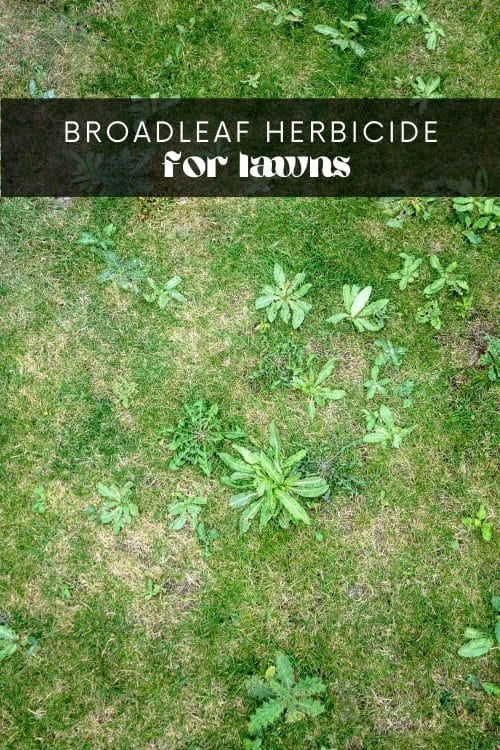
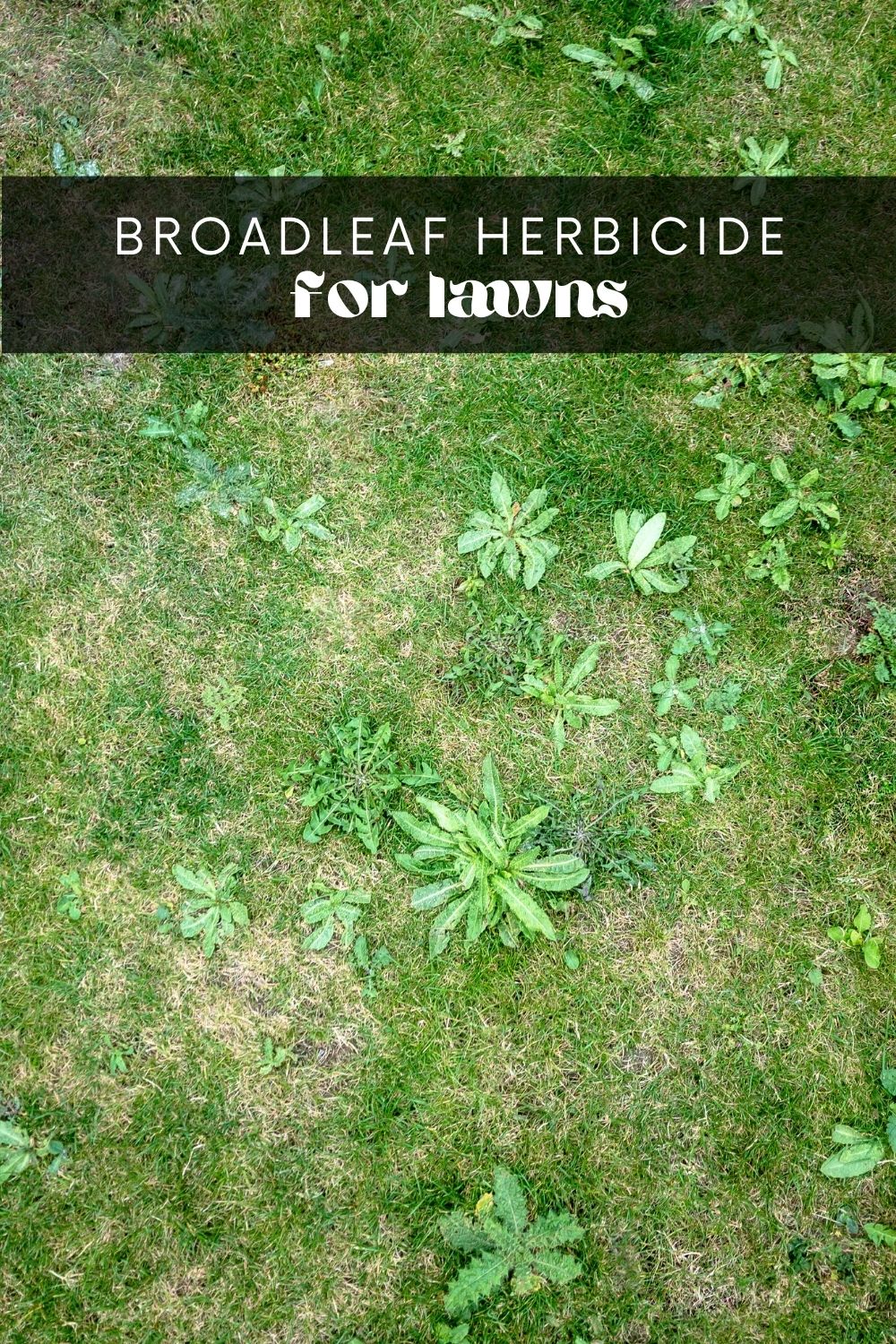

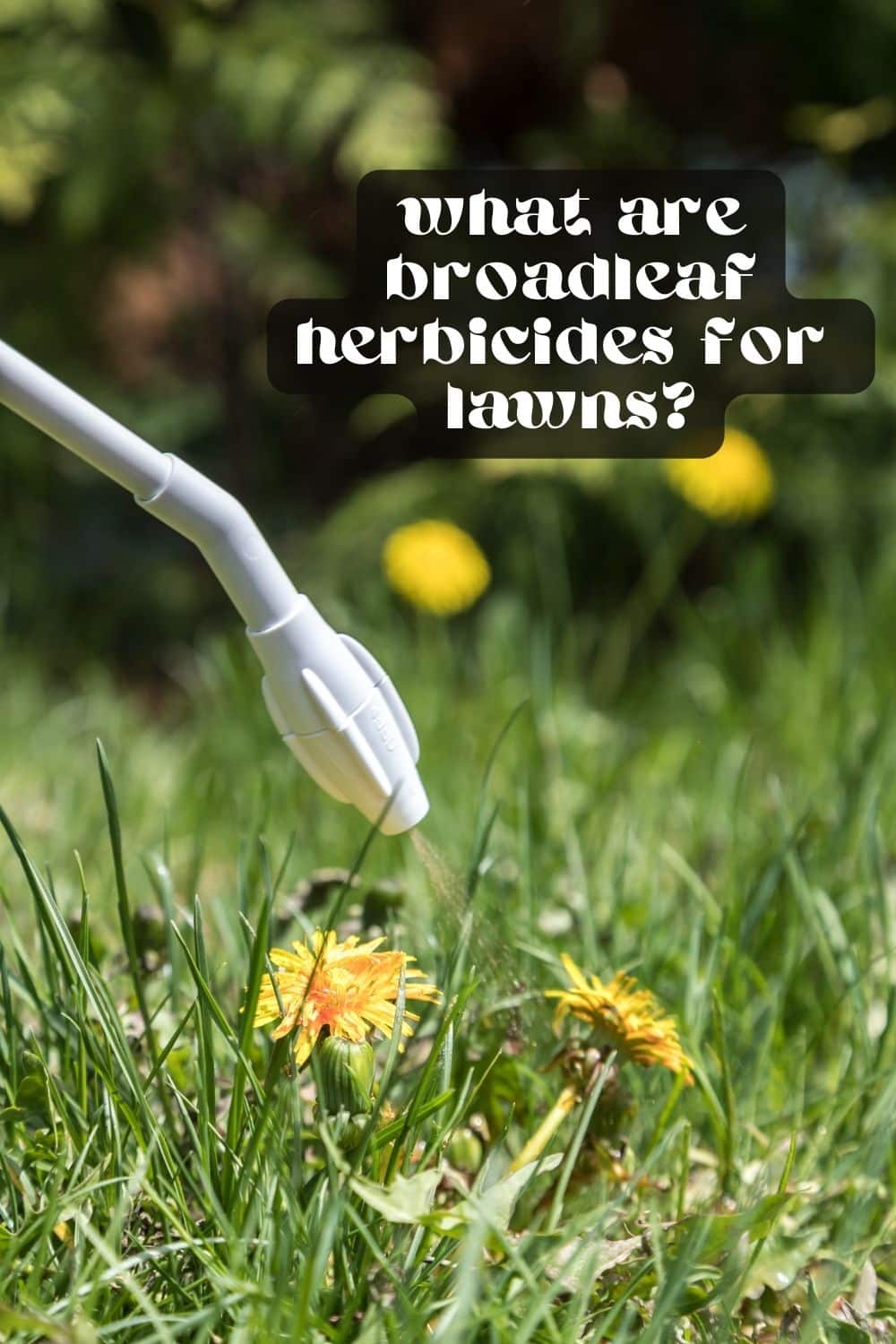
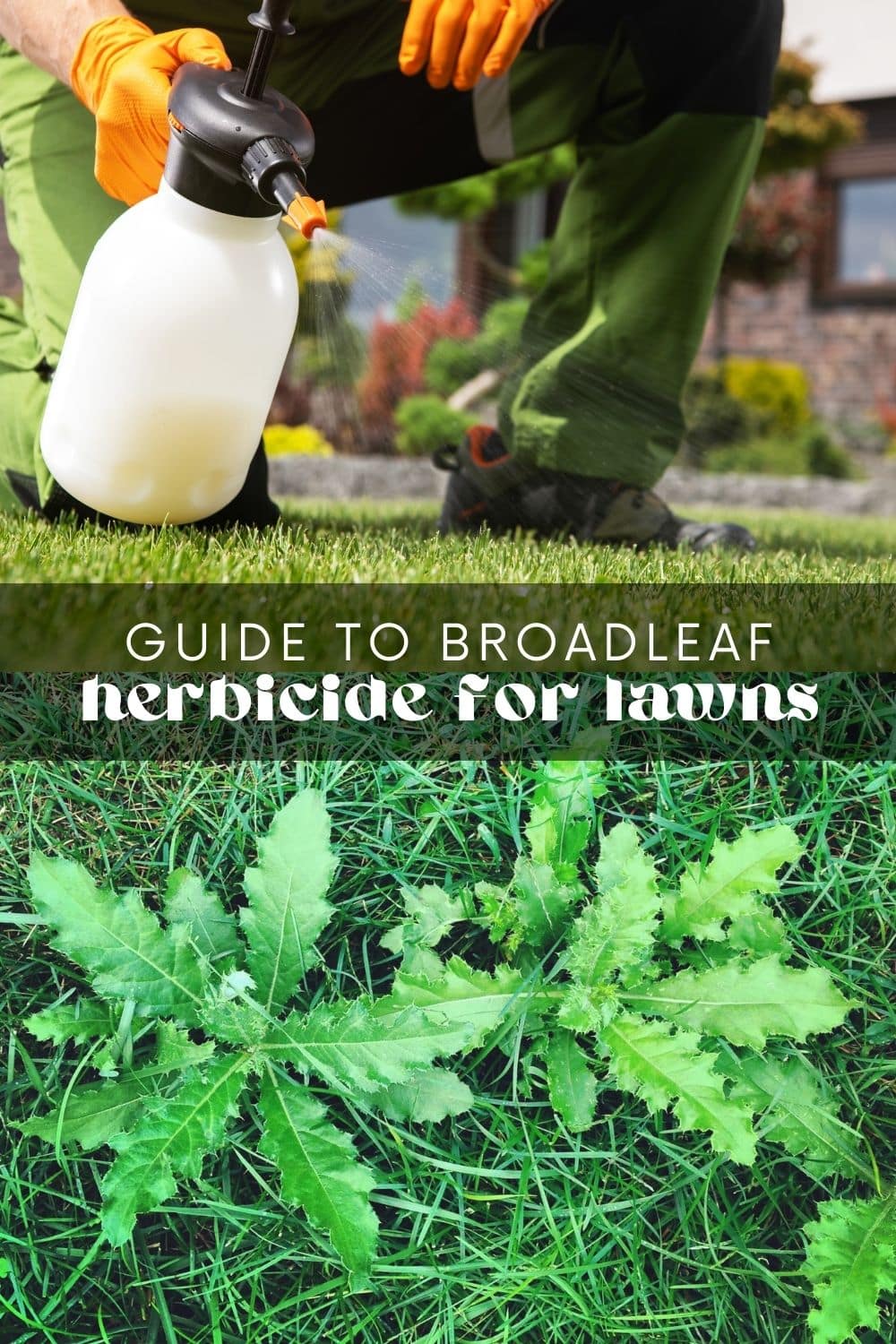
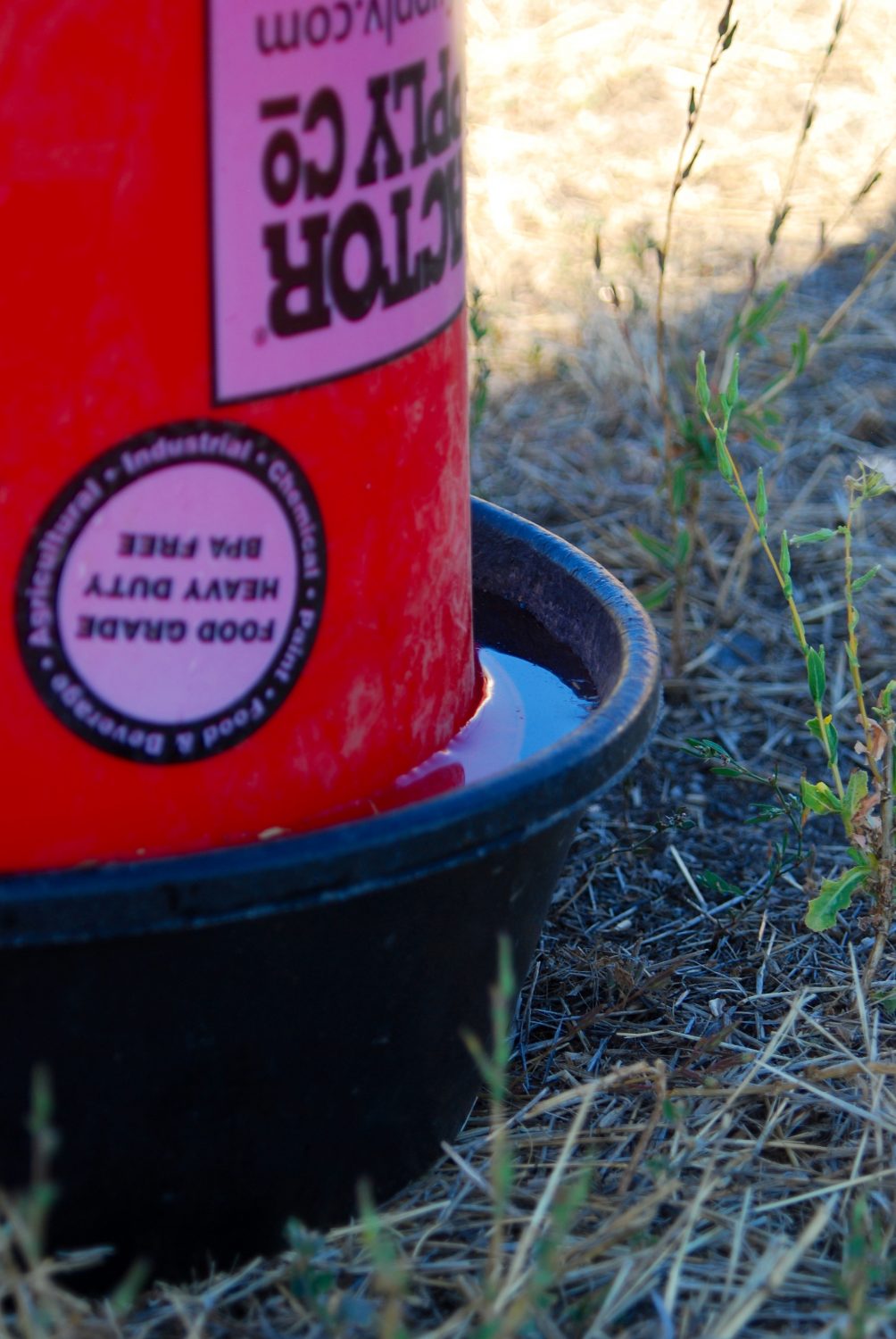




Leave a Reply